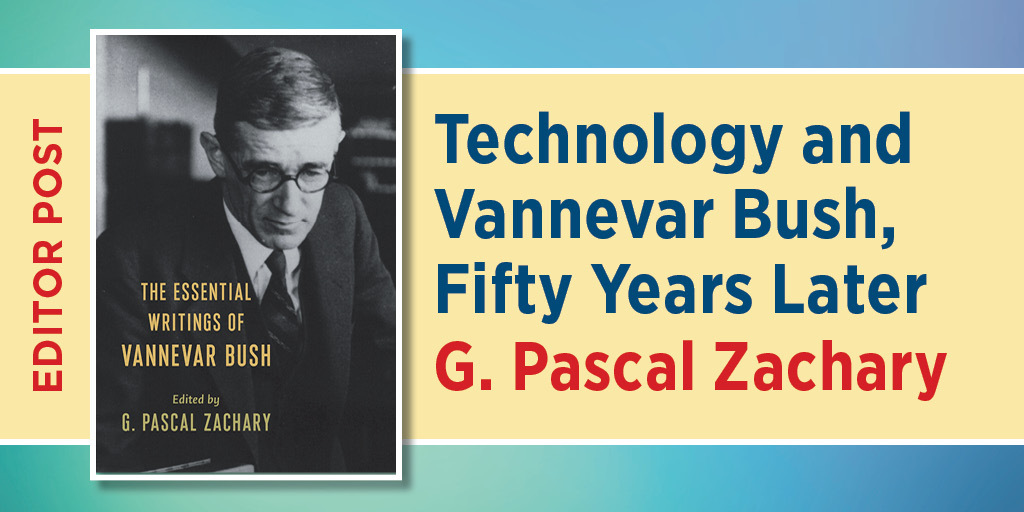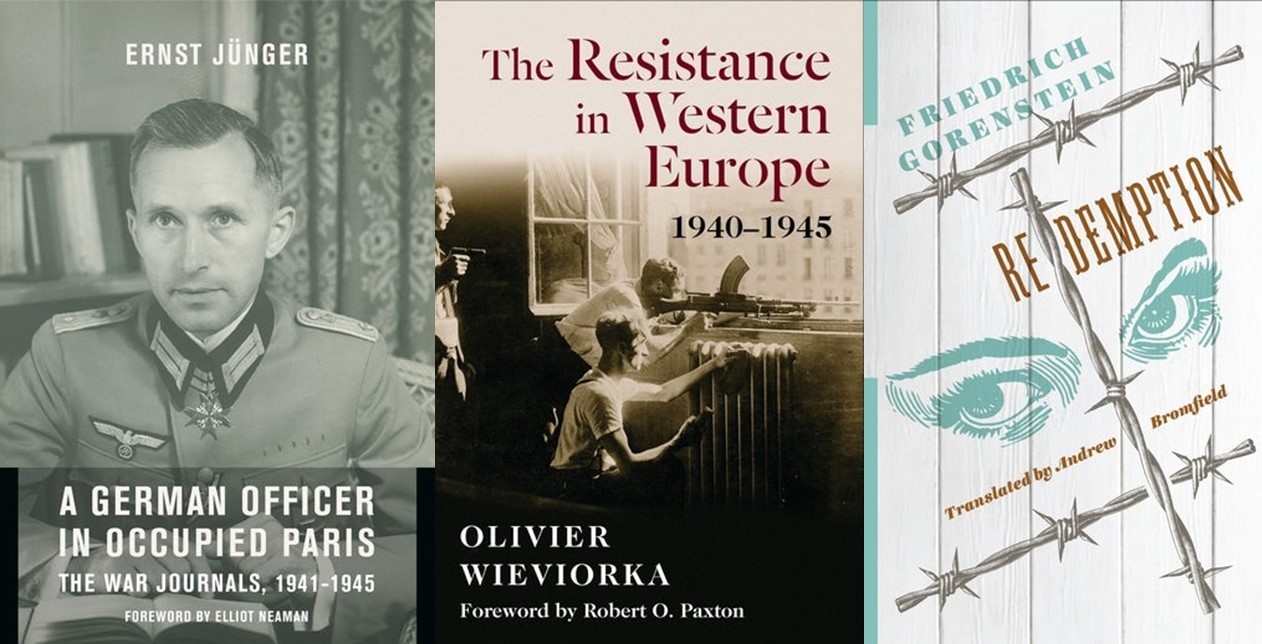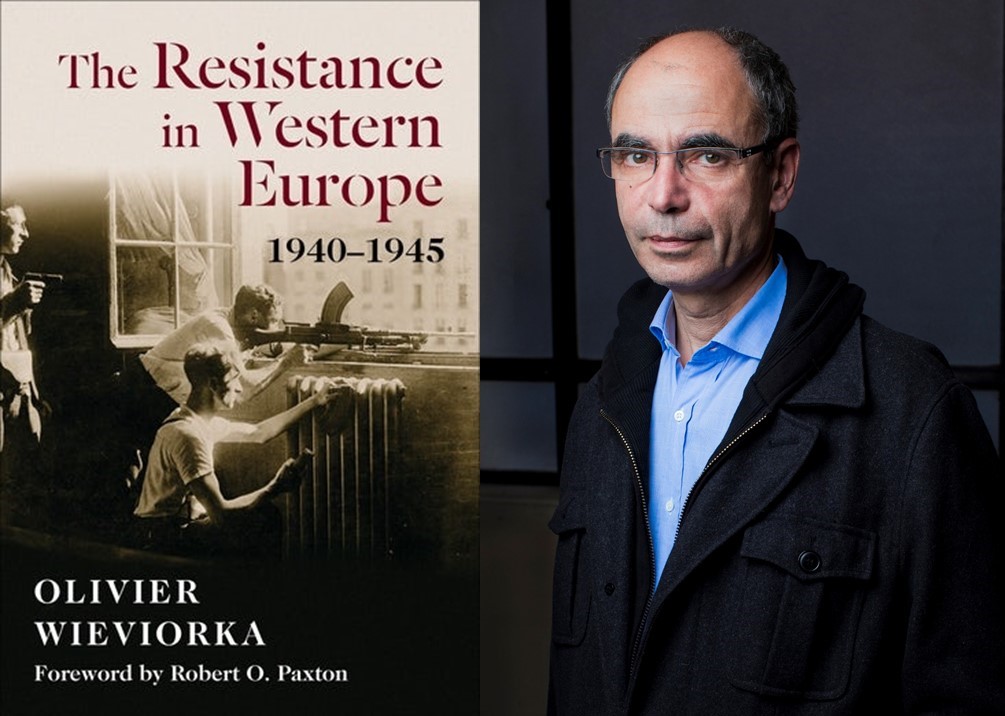Technology and Vannevar Bush, Fifty Years Later
G. Pascal Zachary

On his death fifty years ago, Vannevar Bush was celebrated with a page one obituary in the New York Times. He died quietly in his home in the late hours of June 29, and his passing was met with the kind of solemn respect—even reverence—that most members of what Tom Brokaw labeled “the greatest generation” received after death. In the American twentieth century, Bush was a major minor figure. During World War II, he served as President Franklin D. Roosevelt’s chief adviser on science and technology and he, more than any other American, harnessed innovation in the war against Germany and Japan.
Most consequentially, Bush alone advised Roosevelt on the progress toward an atomic bomb. The single documentation of Roosevelt’s approval of a full-scale effort to build a bomb came in form of the simple words, “OK FDR,” scribbled on one of Bush’s memos to the president.
Fifty years after his death in June 1974, Bush is less remembered as a pivotal member of America’s atomic ascent and more as the creator of the National Science Foundation and a visionary thinker on the computer revolution, the mobilization of science for national interest, and the role of new enterprises and innovation in America’s economy. Bush’s writings on all of these subjects, including nuclear weapons and his defense of J. Robert Oppenheimer’s loyalty to the U.S. government, can be found in The Essential Writings of Vannevar Bush, which I edited and published in 2022.
The book ranks Bush—alongside Rachel Carson and Barry Commoner in the 1950s and early 1960s—among the first Americans who wrote presciently and knowledgably about science and society, engineering and the human.
In the American twentieth century, Bush was a major minor figure.
Born in 1890, on the eve of what historian Thomas Hughes termed the “technological torrent,” Bush witnessed and contributed to transformational technologies, from electrification to the telephone, radio, movies, and the mass adoption of the automobile. By the 1920s, as a professor at MIT, he began a long engagement with designing revolutionary computing machines. By the 1930s, he was known internationally as the designer of the most powerful calculating machines on the planet, his so-called differential analyzers, devices that filled rooms and had to be rejiggered for every new calculation.
Bush was an educator, an innovator, and a research administrator. This triple status brought him to Washington, DC, on the eve of the Second World War. As president of a science philanthropy that was known at the time as the Carnegie Institution of Washington, Bush threw himself into the emergency efforts to prepare the United States for possible entry into the war in Europe. After the attack on Pearl Harbor in December 1941, his work intensified. By the end of the war, Bush’s Office of Scientific Research and Development spent $3 million a week and employed some six thousand researchers, mainly university professors and corporate engineers who typically worked in their home institutions.
Bush appeared on the cover of Time in 1944, lionized as the “General of Physics.” He served as the first research chief of the Department of Defense, newly created in 1947. Three years later, he successfully advocated for the creation of a national science foundation, winning the approval of both Congress and Truman for his pet initiative to nourish and sustain civilian research. While launching his campaign for the foundation, Bush issued wrote the introduction to the seminal 1945 “Endless Frontier” report (his text can be found in Essential Writings) in which he connected the American zeal for exploring the “frontier” with advances in prosperity due to investments in technoscientific research and the discovery of new knowledge.
Bush was an educator, an innovator, and a research administrator.
Bush lived long enough to see his relevance outpaced by vast changes in American attitudes toward emerging technologies, starting in the 1960s. Skeptical of the Apollo missions to place men on the moon, Bush worried that political spectacle was replacing genuine scientific advance. He tried to calm anxieties about automation, which erupted in the 1960s, by emphasizing the potential for computers to enhance human cognition and save professionals and experts from “mental drudgery.” In highlighting the potential for interconnected digital networks to expand human productivity, Bush anticipated much of the development of computing across the twentieth century, and he even foresaw artificial intelligence.
But he offers no straightforward solutions to those facing the hardest challenges arising from the rapid spread of artificial intelligence. He warned against panic in the face of computer-generated cognitive enhancements and he argued that technological systems should include human involvement and human choice at decisive points in the chain of decisions. Only by doing so can humanity honor and safeguard humanistic values in a world permeated by digital information systems. The fate of human intellect, culture, and values were not his only worry. In the background of his later life, Bush fretted about the spread of nuclear weapons and the risks of future nuclear wars. Fittingly, this organizer of the Manhattan Project and, in the 1950s, opponent of testing the first H-bomb, viewed nuclear weapons as an existential threat to all life on the planet.
Bush identified no final fixes to the technological predicament, but he did predict the world of today—an uncertain world where science and engineering outcomes would challenge human values, management, and control.
G. Pascal Zachary is editor of The Essential Writings of Vannevar Bush and author of Endless Frontier: Vannevar Bush, Engineer of the American Century (1997).








